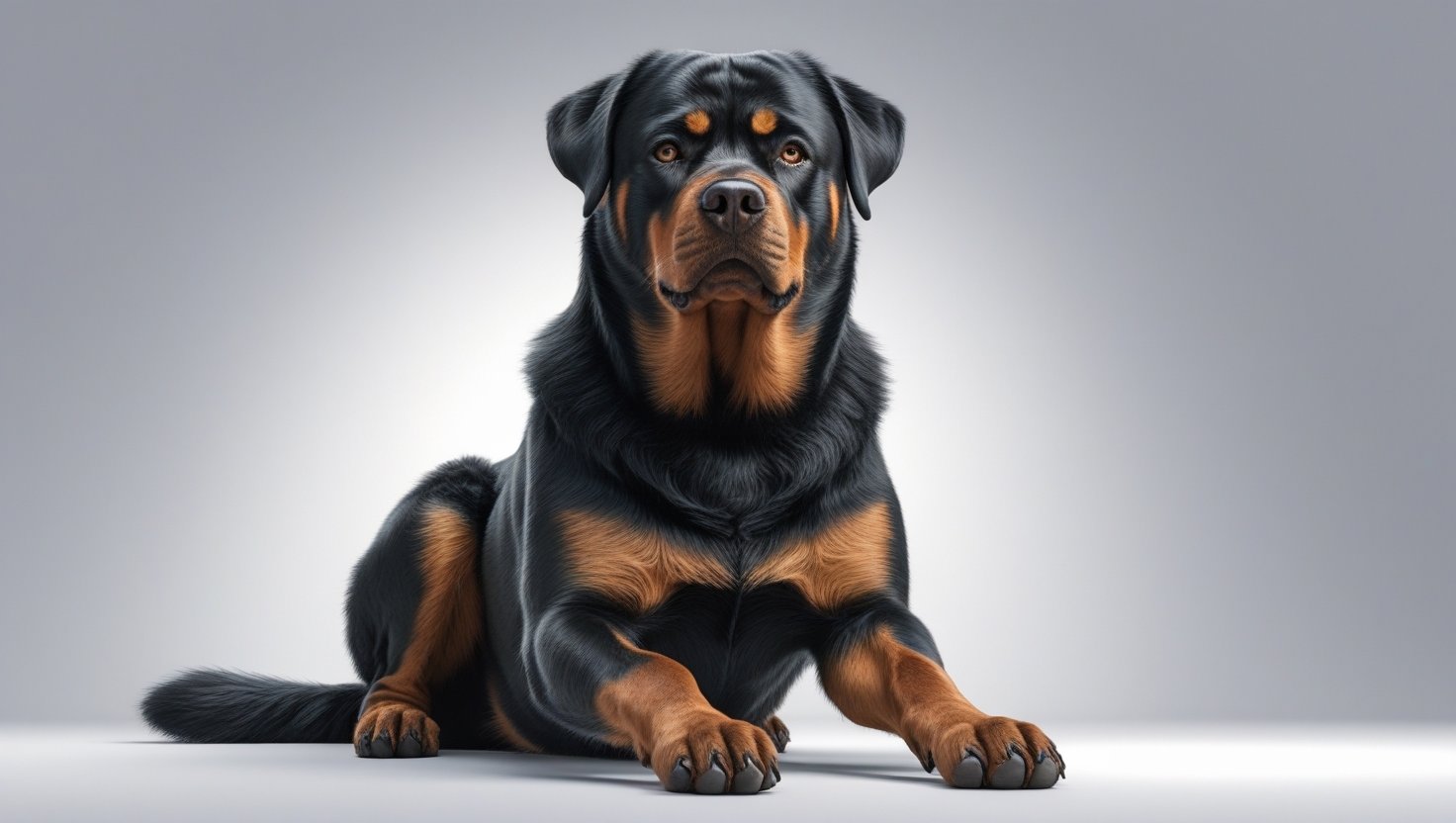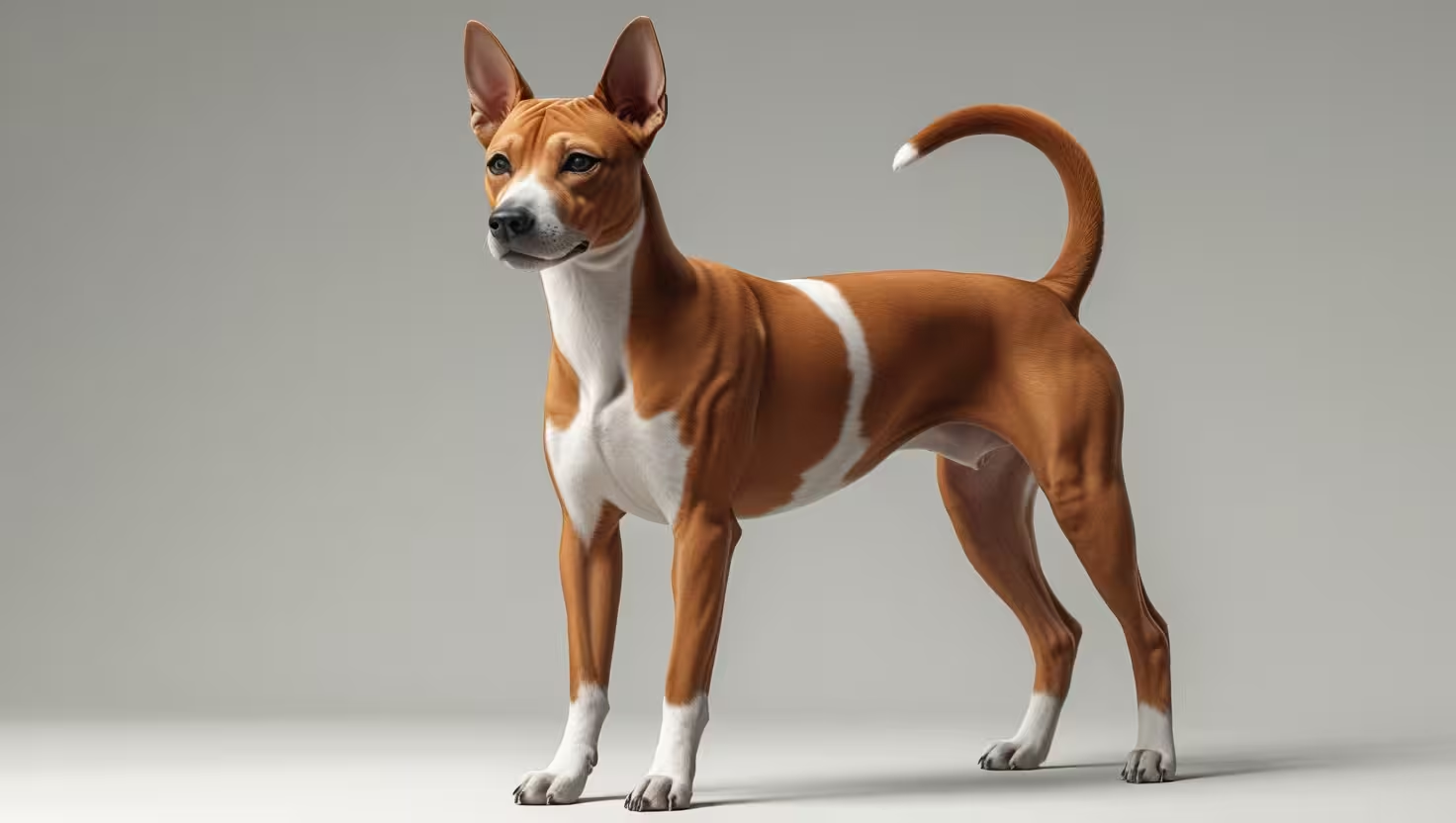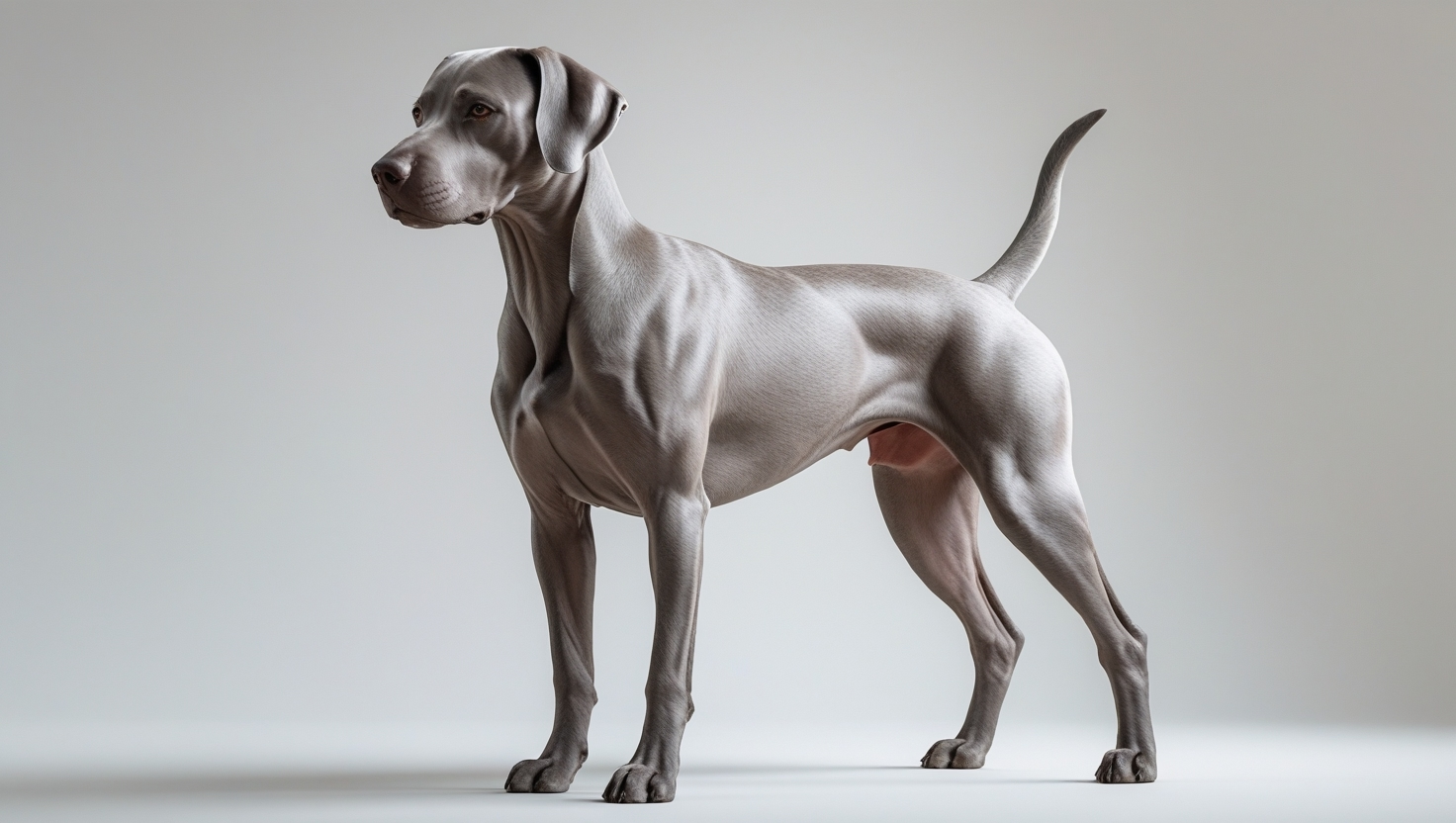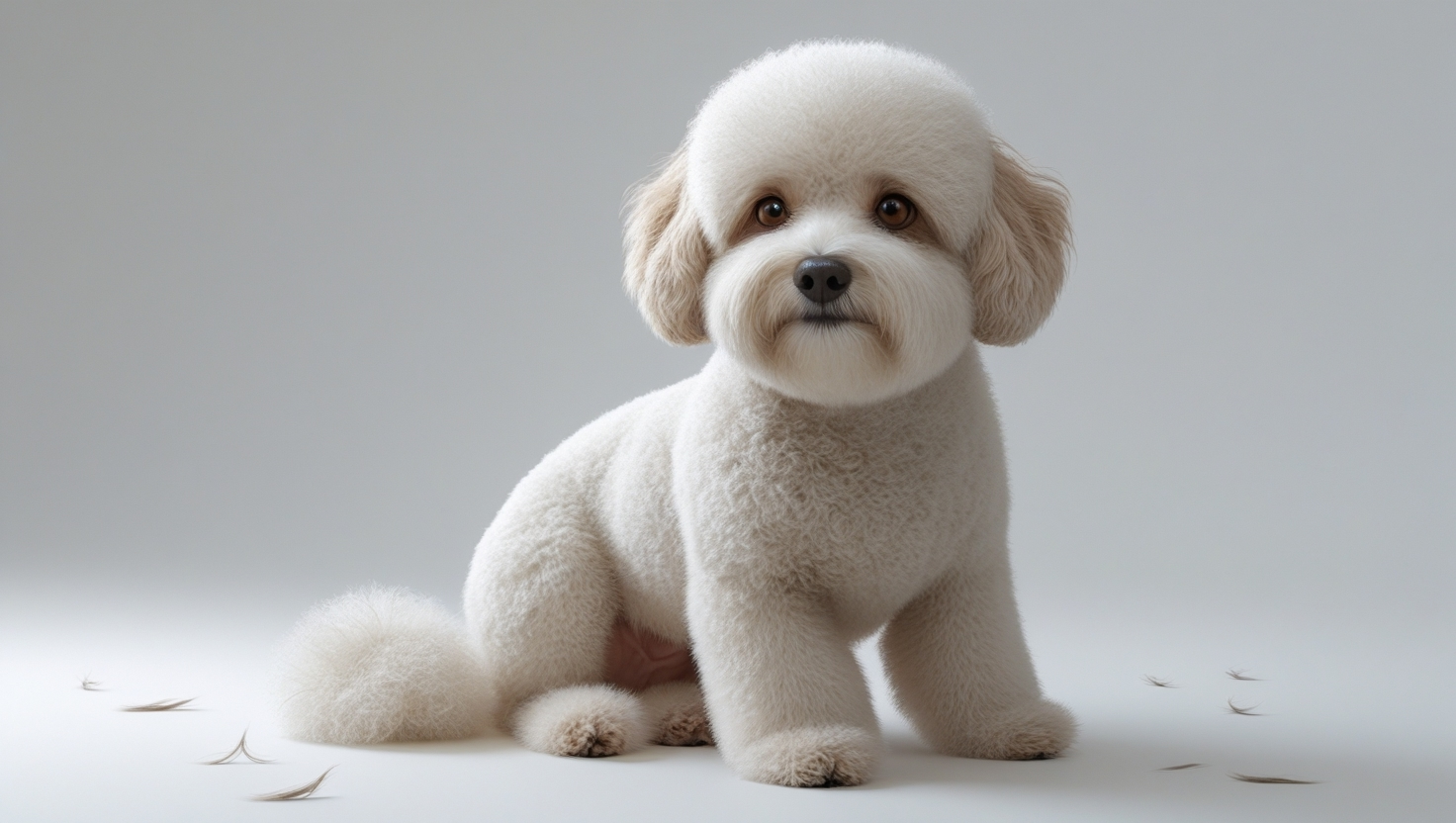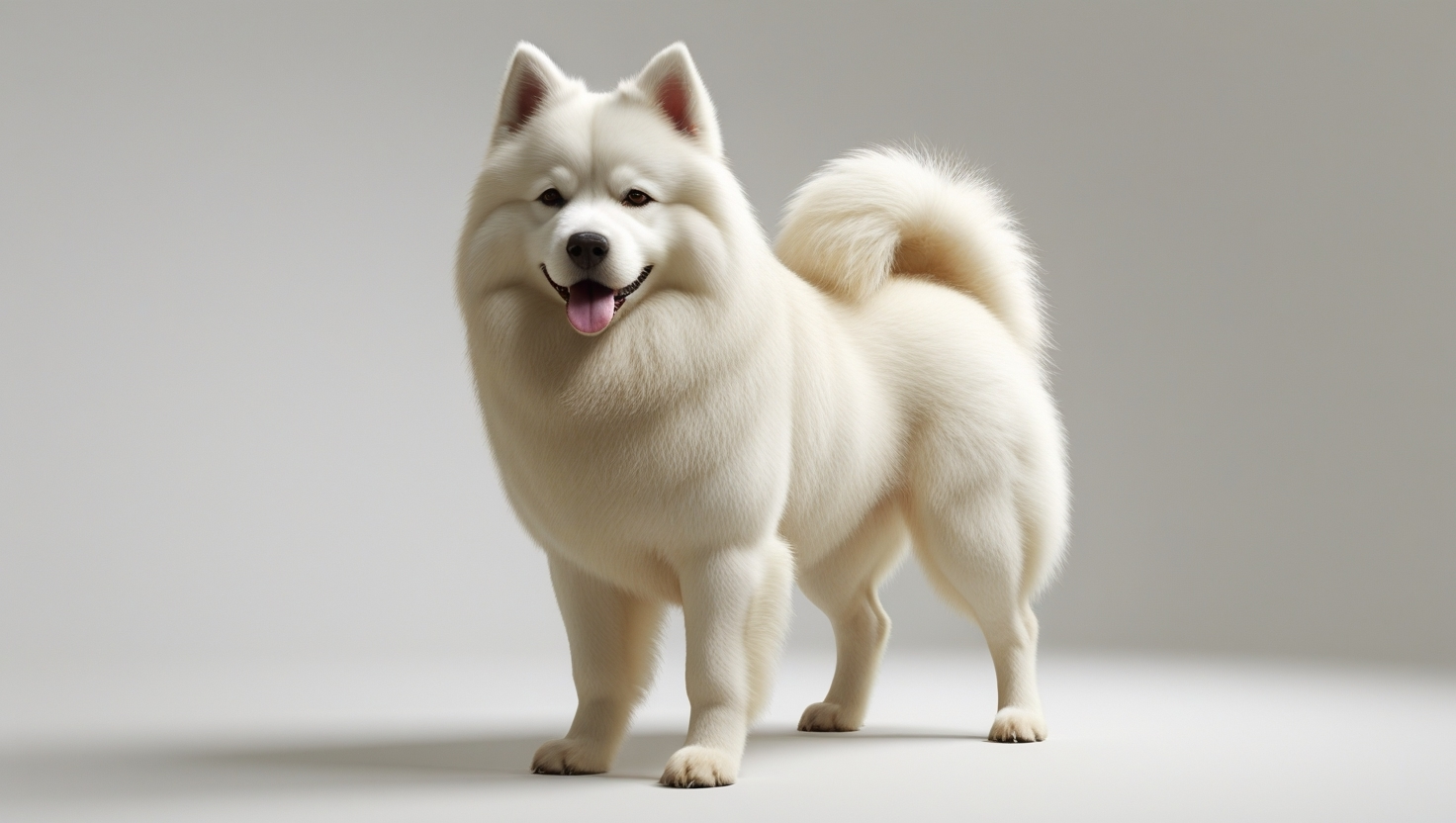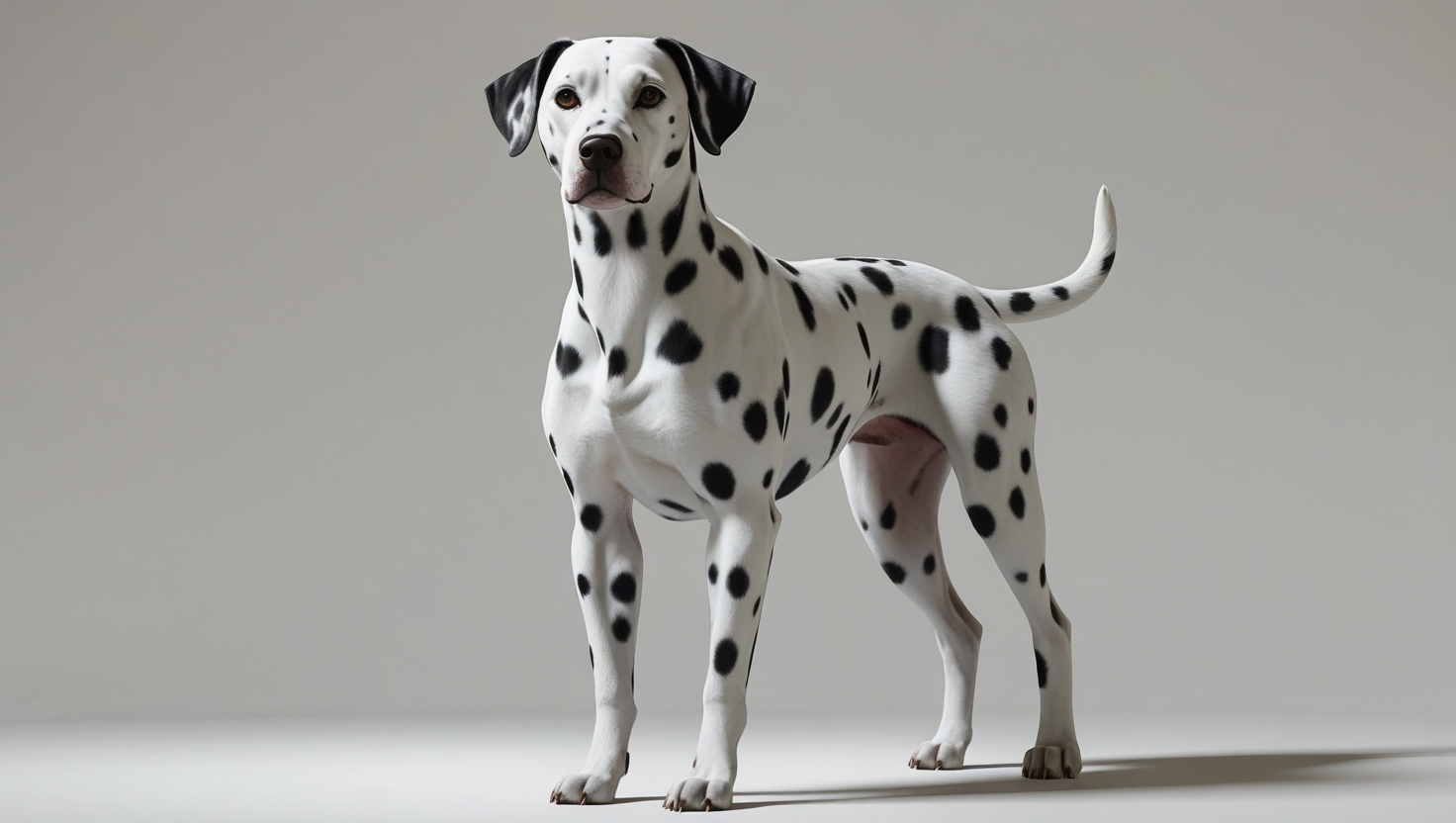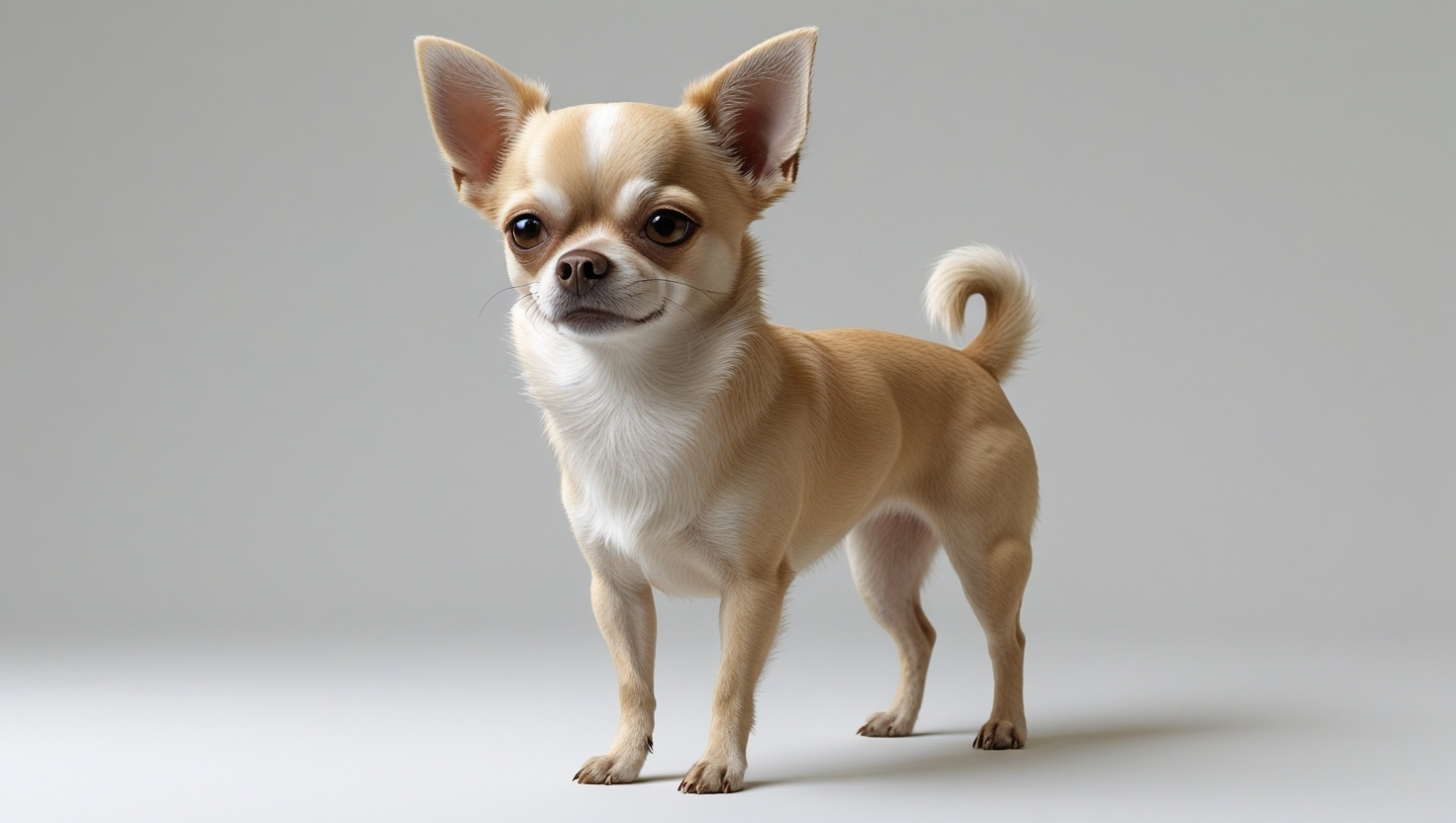The Rottweiler is the kind of dog that makes a strong first impression due to its size. With an imposing posture and a confident gaze, it’s easy to think they are just fearless protectors. However, anyone who has lived with one knows that behind this appearance lies a huge heart full of loyalty and affection.
If you’re considering adopting a dog that is both a guardian and a companion, the Rottweiler is a choice worth considering. They are extremely versatile, adapting to different lifestyles when raised and trained with love and responsibility.
Below, you’ll discover everything about this breed, which has earned a place in many homes worldwide. Keep reading to learn about their characteristics, history, care, and much more!

